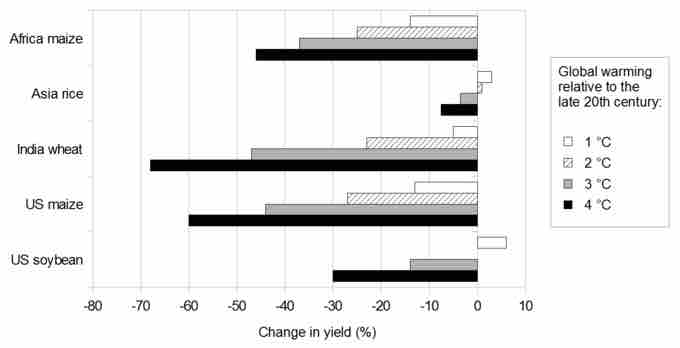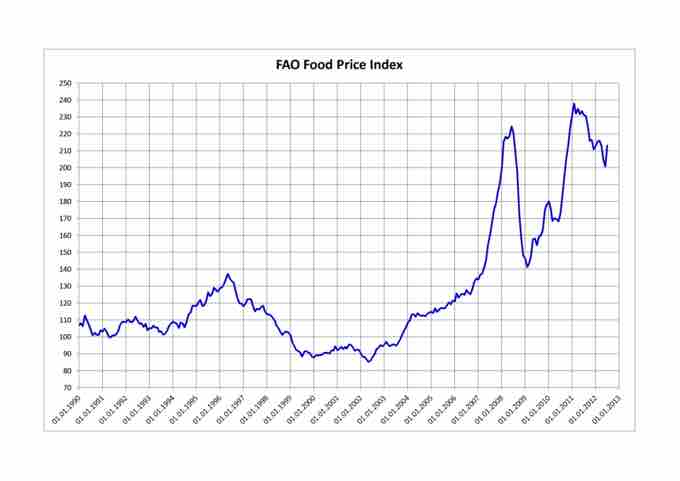Agricultural economics is largely bound by concepts of climate and overall world food producing capacity (i.e. farmlands and infrastructure), while simultaneously being enabled by government policy, technological advances, and the continued growth of developing nations. Understanding the reductions in aggregate supply in this industry, as a result of governmental policy or economic limits, is a critical component in understanding agricultural economics. We will look at both the governmental components and the climatic/aggregate demand components contributing to overall supply in this industry.
Governmental Policy
Government policy has a large impact on the agriculture market. Both subsidies and price ceilings are common and affect the overall supply and demand equilibrium points in the market. Governmental policy to reduce supply also exists and is executed often from a global trade perspective. One of the largest risks in this industry, due to the high degree of subsidization, is 'dumping. ' Dumping is the process of selling undervalued goods in another market, upsetting price points and equilibrium. In this scenario, government policies may set quotas, or import limits, to reduce supply.
A second reduction in supply that is quite common in developed nations is utilizing surplus for foreign aid. Many developing nations lack the requisites to generate the appropriate supply of agriculture to feed the population. In this scenario, the leveraging of the surplus in one country can benefit the other country via aid, and in turn correct the supply/demand equilibrium in the donating country to the desired level.
Climate Change
Environmental concerns have also been widely cited as a reductive influence on the agriculture market. Global warming has been slowly increasing temperatures as the ozone layer erodes due to a variety of pollutants, altering the ecosystem averages outside of the evolutionary environment in which many agricultural products historically grew. Climate changes means a different growing environment for plants, which are not used to it. illustrates the reduction in yield as a result of altering climatic environments. Shifts in climate drastically reduce aggregate supply.

Climate Change Affecting Agriculture
This chart illustrates the reduction in yield as a result of altering climatic environments. Essentially, deviations outside of the normal temperature ranges drastically reduce aggregate supply.
Other concerns revolve around dramatic soil damage due to short-term yield increasing strategies, growing immunity to pesticides, loss of rural space for farming (due to urbanization), and availability of clean water for irrigation. All of these factors may reduce the aggregate supply and thus drive up prices. demonstrates rising food prices, perhaps from a number of the supply reduction factors discussed in this atom (or potentially unidentified factors). Controlling supply is a critical component of ensuring everyone has access to affordable food, and maintaining our ecosystem will clearly play a critical role in the years ahead.

Food Price Increases Over Time
Food prices over time, particularly in recent years, are demonstrating a trend upwards that may reflect a reduction in overall efficiency of agricultural production or reductions in supply.